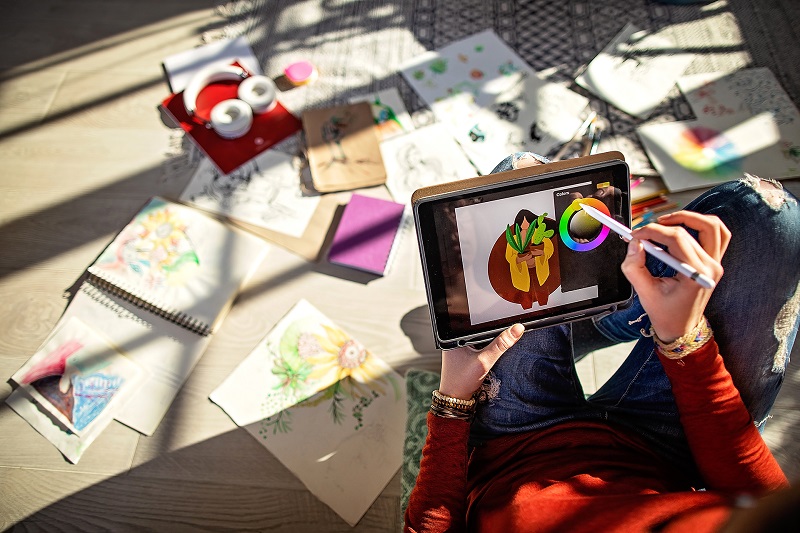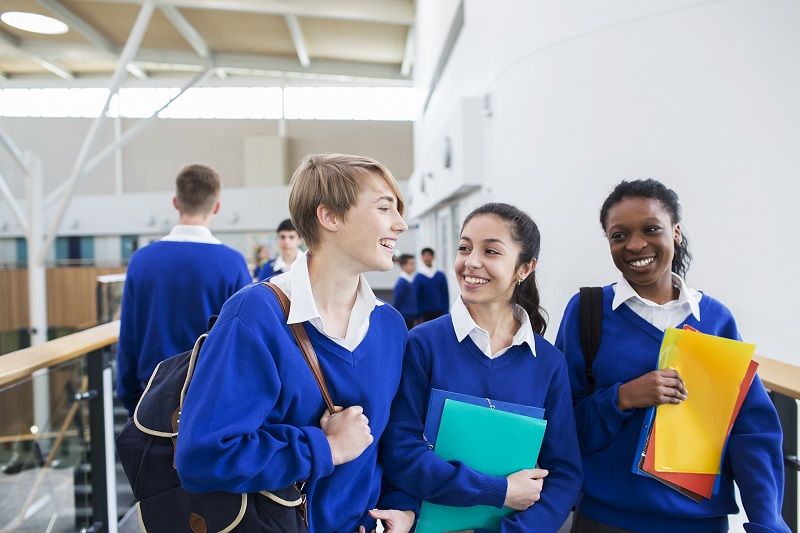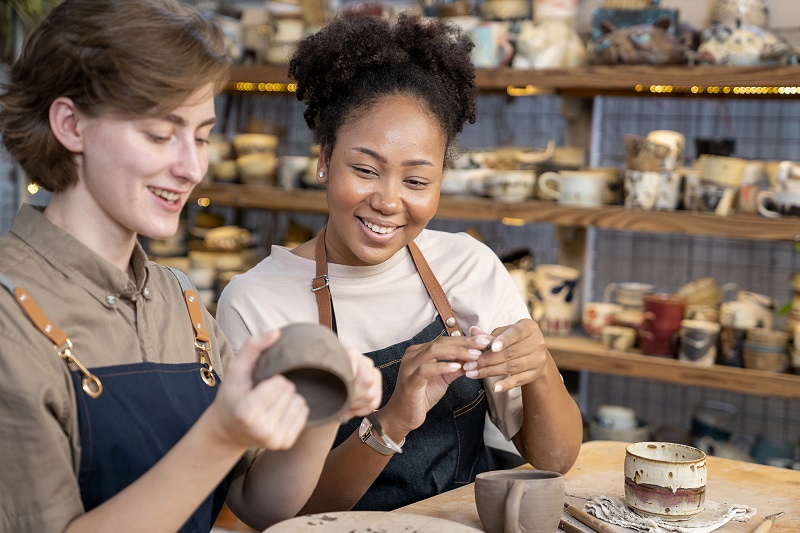Art and Design: well-being for students through creativity
25 February 2025
Karl Goodere-Dale, Art and Design Subject Advisor

At this time of year, I know stress levels can build for students and teachers alike from externally set task related activities and because of the supervised time sessions are getting closer for Entry Level, GCSE, AS and A Level and Cambridge Technical. It’s crucial to consider the impact on students and teachers alike who may be feeling overwhelmed from the pressure.
At times like these, it’s important to recognise art as a powerful tool for supporting mental health and wellbeing. Whether through experiencing or creating art, students can find useful ways to manage stress and support their mental health.
Benefits of art for wellbeing
Art enables students to process emotions, improve concentration, find a sense of calm and build resilience. Art and creative activities are recognised as ways to boost moods, reduce anxiety, and promote a feeling of achievement. In the build-up to assessment deadlines and exams, encouraging students to take mindful, creative breaks can improve their overall wellbeing and their work.

For students in their final years facing the stressful challenges of upcoming exams, having space to explore creativity without judgment is more important than ever. See the article How arts can help improve your mental health by the Mental Health Foundation.
It is also important to check that students are taking the necessary steps to prepare for these exams via revision activities which can support confidence and remove some pressure before to the exam period. Nicola Heath’s blog on revision resources and activities has lots of useful tips.
Art therapy
Art therapy is becoming more acknowledged in education as way to support students with stress and anxiety. It provides students with a chance for self-expression, problem-solving without pressure and enables the therapist to work easily with young people to discuss feelings and emotions. Whilst art therapists are trained professionals, the idea of using art and creative expression to process thoughts for a sense of calming is well documented and can be effective for students.
Teachers can support students with wellbeing by including small, mindful creative activities into lessons, offering students a chance to reset, refocus and ultimately reduce stress. Even simple five-minute creative warm-ups before a lesson can make a difference. Schools may well consider offering lunchtime or after-school art clubs focused on relaxation as well as focused catch-up sessions for assessment work

Suggested activities
Below are some simple ways to bring well-being into the art teaching space:
1. Mindful doodling and free drawing
Students spend a few minutes doodling or sketching freely without any set goal can help them relax and refocus. This can be particularly useful before or after work sessions. See also Art in Coaching.
2. Art journals for reflection
Persuading students to keep an art journal where they can sketch, write, and collage their thoughts and ideas.
3. Colour therapy sessions
Colour can have a significant effect on mood. Colour therapy activities such as painting with calming colours or using colouring books designed for relaxation can provide a sense of calm. Alternatively, using the deep breathing technique whilst thinking of objects related to a specific colour can also provide the desired outcome.
4. Exploring art galleries and virtual exhibitions
Contact with inspiring artwork can be a mindful escape. Visiting galleries, even virtually, lets students step away from their everyday environments, reducing stress and gaining inspiration through different approaches. Some suggestions include The National Gallery, Louvre, Guggenheim Bilbao and the MMCA in Korea.
5. Sculpture and hands-on crafting
Working with tactile mediums like clay, fabric, or mixed media can offer a physical outlet for stress. The tactile nature of these activities can be grounding and assist with focus and relaxation.

For lower school year groups, it might be worth trialling wellbeing activities such as collaborative projects. Working together on a shared piece of art, for example a mural or large-scale collage, can build a sense of class community, helping to ease feelings of isolation and shared outcome. This type of activity can inspire positive social ties, which are important for mental wellbeing.
In summary
As the pressures of externally set tasks and approaching deadlines builds, it’s important to understand that creativity is not just creating work for assessment but can also be a helpful tool for wellbeing. Supporting students to connect with art in a way that supports their mental health can result in a more productive learning experience.
By simply adding a few creative wellbeing activities into teaching practices, you can help students manage stress, build resilience, and develop an appreciation for art whilst gaining wellbeing benefits along the way.
Teachers, please take the time to focus on your own mental health and wellbeing as well. Advice for teachers is also available from the Mental Health Foundation.
Stay connected
If you have any questions, you can email us at art&design@ocr.org.uk call us on 01223 553998 or message us on @OCR_ArtDesign. You can also sign up to subject updates and receive email information about resources and support.
If you are considering teaching any of our qualifications, use our online form to let us know, so that we can help you with more information.
About the author
Before joining OCR in September 2019, Karl taught creative subjects in both art and design technology for 12 years. With experience with a variety of roles in secondary schools, including as a head of department, he has a wealth of knowledge and experience in teaching creative subjects at GCSE, A Level and BTEC. He has also previously worked as one of our examiners.